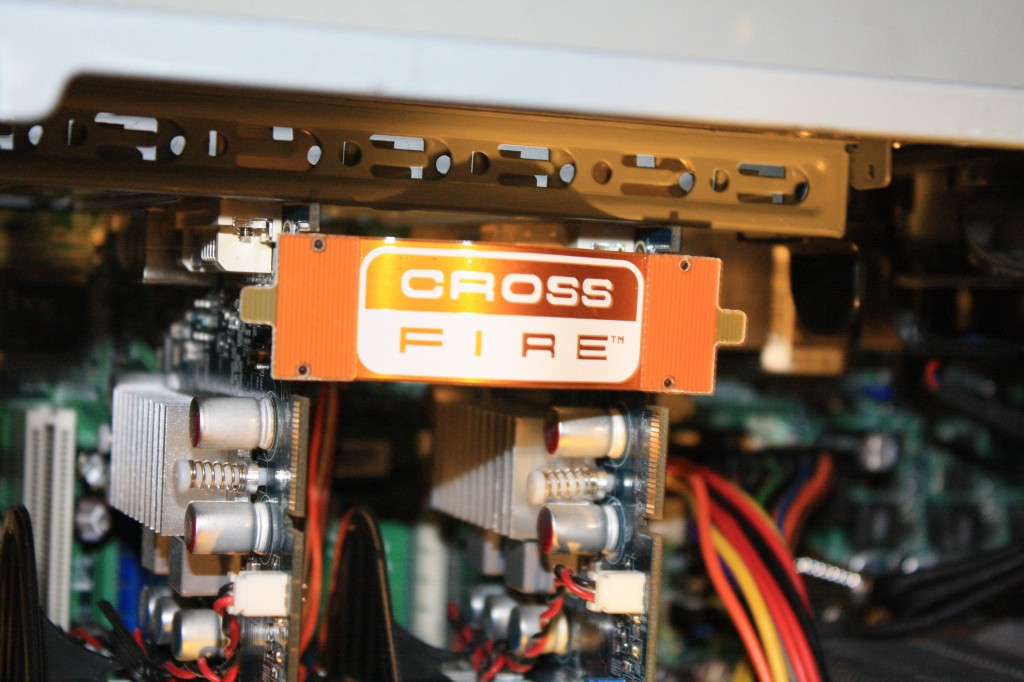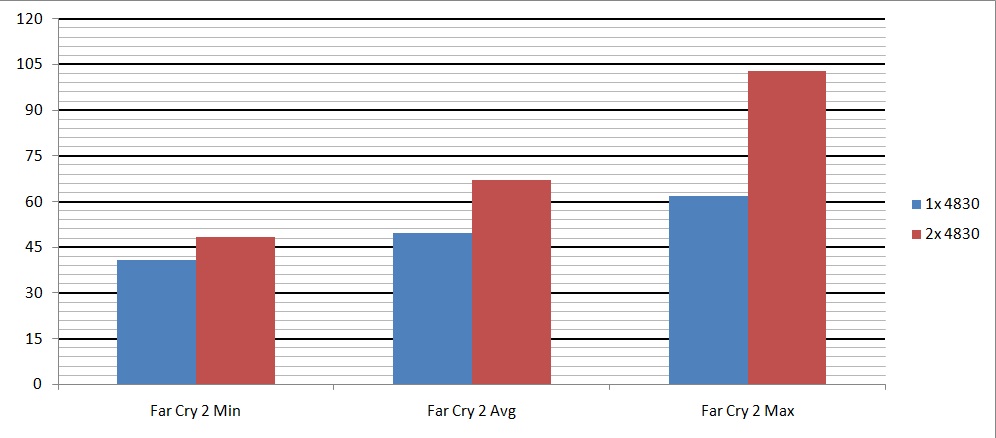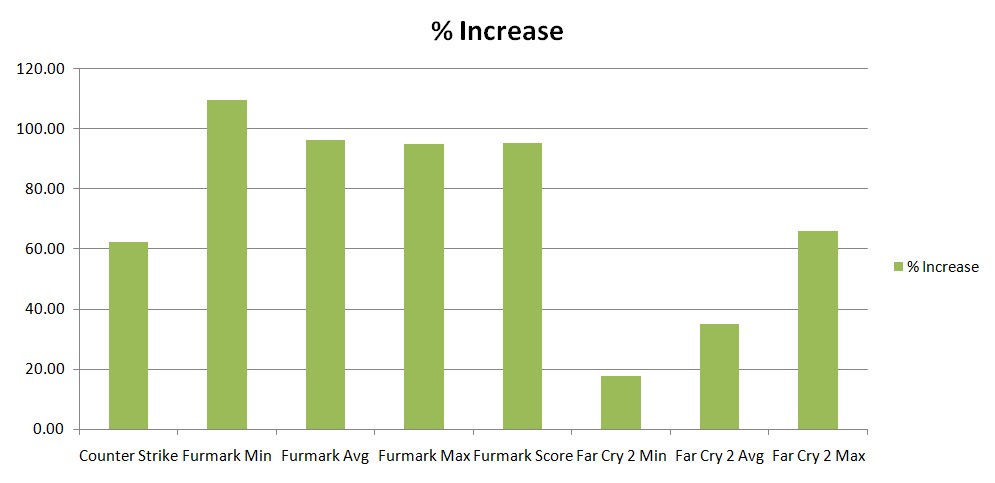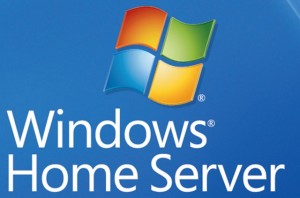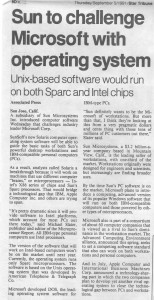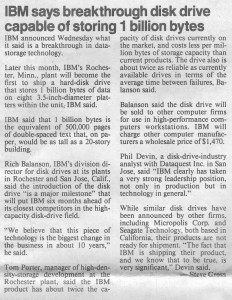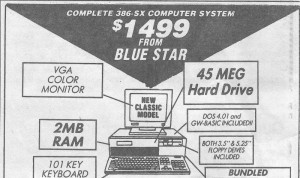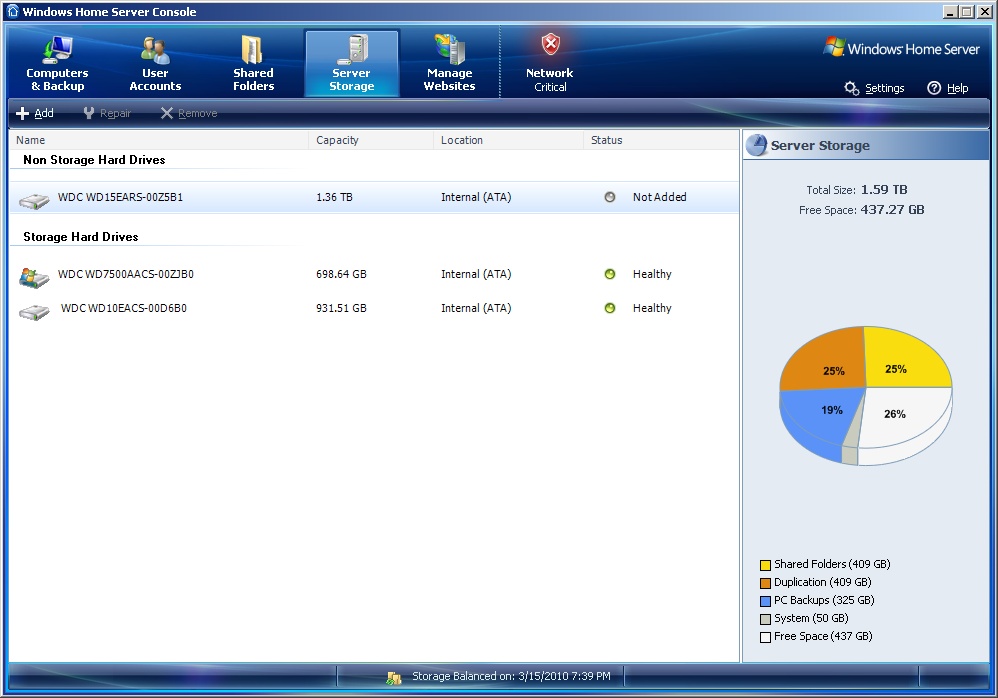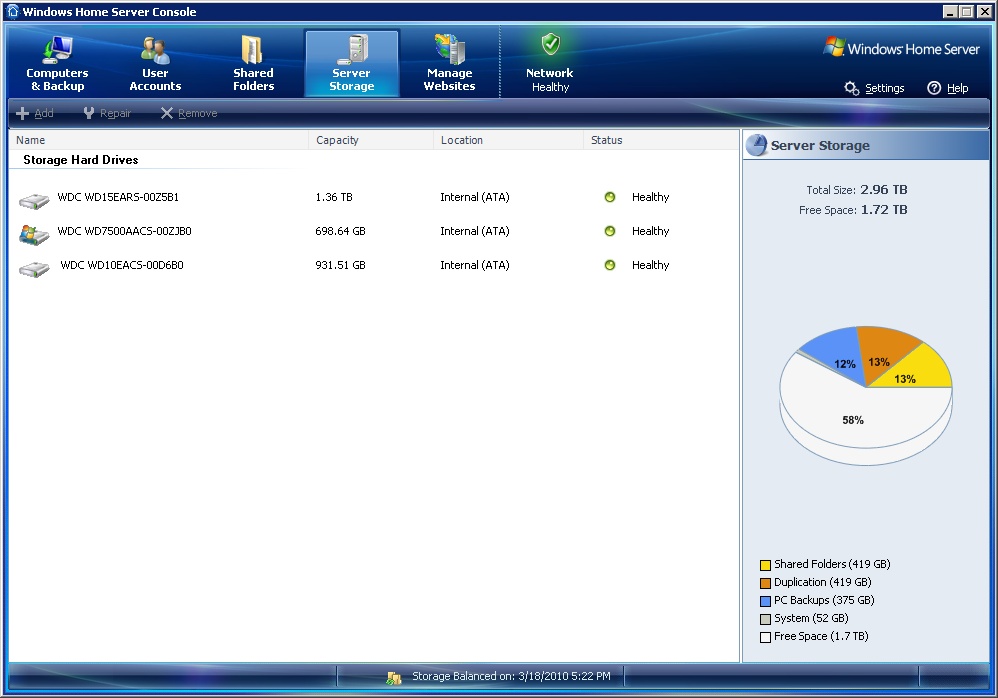This isn’t going to interest most folks who are reading my blog. I need to get this written out though, because some guy was looking for Lab Manager feedback and couldn’t find constructive criticism. Here is mine, and I am sure Google will index it.
As of 4.01, VMware vCenter Lab Manager has its uses, but it has huge gaps:
1) Total lack of storage resource monitoring tools/information that would be useful. You can’t export storage usage, linked clone tree structures, etc. If you aren’t familiar with CoW disks, linked clone chains, etc. you soon will be and you’ll be wondering about this in a big way when you need to constantly buy huge chunks of SAN disk with little hard data.
2)No exisitng backup solutions. Want to back up your library entries? Enjoy manually exporting them and hitting them one by one. SAN replication IS NOT a backup mechanism, folks. Backup is to tape or similar.
3)Very little in the way of customization. We have users that constantly fill up LUNS and IP pools when they have open space in other LUNS and pools because they just use the defaults. We’d like to set the default to blank in many cases, but that isn’t available.
4)Redploying VM’s nets them a new IP. This is a huge issue at times if you have IP sensitive configurations, especially when dealing with fencing.
5)Active Directory is a mess with fenced VMs, etc. Not really Lab Managers fault, but that’s the state of things.
6)Scalability. Using host spanning networks you are limited to 512 distributed switch port groups that each fenced configuration uses. In large deployments, you are likely to collide with this, necessatating another vCenter/Lab Manager instance and fragmentation of resources.
7)Maitenance issues. Maitenance Mode even with host transport networks enabled is borked because of the little VM that Lab Manager locks to each host. This is fairly ridiculous and convulutes what should be a very straight forward process.
8)Get ready to work some enourmous LUN sizes vs what you are likely used to. We have 2TB FC Luns and the only one we extended to 4TB is having locking issues, etc. NFS is the way you need to go.
9)Enjoy adding another Server 2003 instance to your infrastructure, because 2008 isn’t supported as an host OS for the Lab Manager services. Oh yeah, all your important data is located in a little SQL express database on that server too. This is Enterprise software, right?
THE biggest issue I have with Lab Manager is the fact that Lab Manager accesses the ESX servers directly. Do us all a favor and use vCenter as an abstraction layer so we can actually see what the crap is going on and rely on a proven set of administration tools. Ideally Lab Manager would be a plugin and wouldn’t be harboring its own database, etc.
Bottom line is that you need to be sure you have the right needs for Lab Manager to be useful.
Original Thread:
http://communities.vmware.com/
–Nat
